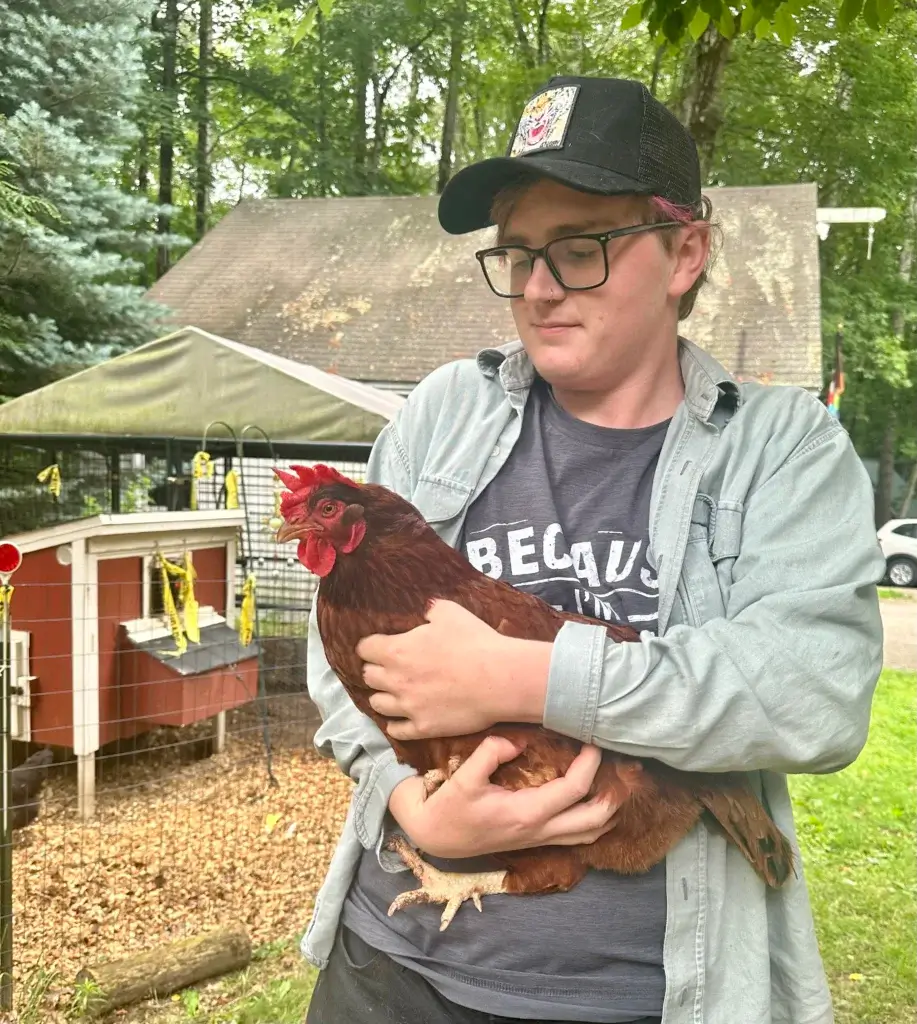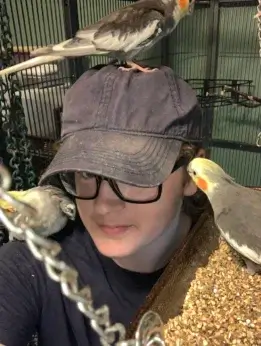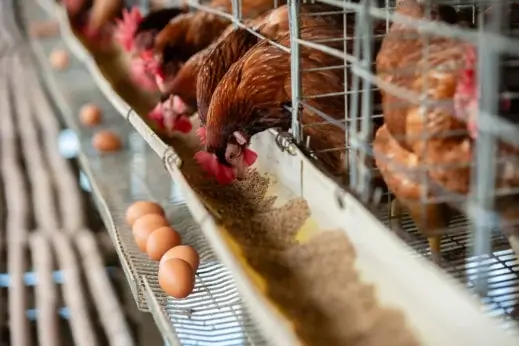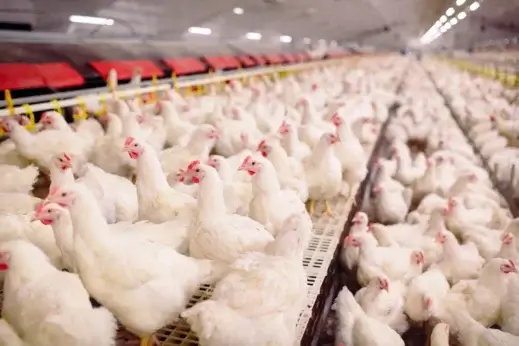Opinion: Bird Flu is a Problem. The Way We Deal With it is Cruel
Not only have we not learned enough from past outbreaks of avian influenza, but we still don’t have humane ways to cull infected flocks. With bird flu outbreaks still a large concern for producers, we need to find a better way to deal with them.







Heartbreaking for the millions of birds that suffer in factory farms during their life and then during their death and people just complain about not getting enough eggs. I wish they would educate themselves and also show some compassion.
Thank you so much for writing about this issue! The animals we use for food deserve so much more than lives and deaths of agony so that people can have cheap eggs and meat. Please visit http://www.thehumaneleague.org if you want to help end their suffering.
This was hard to read, the whole issue of factory farming is upsetting, and I’m even more disturbed to learn of VSD as a commonly used method to cull birds that are possibly infected. It seems like operators are afraid to think of chickens as living animals instead of production units. They can be raised and slaughtered humanely, it just has to be prioritized by the corporations who own these farms. I only buy eggs from farms where they are exclusively raised on pasture, and I seldom buy chicken meat anymore, because I don’t want to contribute a dime to… Read more »
Thanks for sharing this very well-written and worth-reading article. Wish to see more in the coming days.